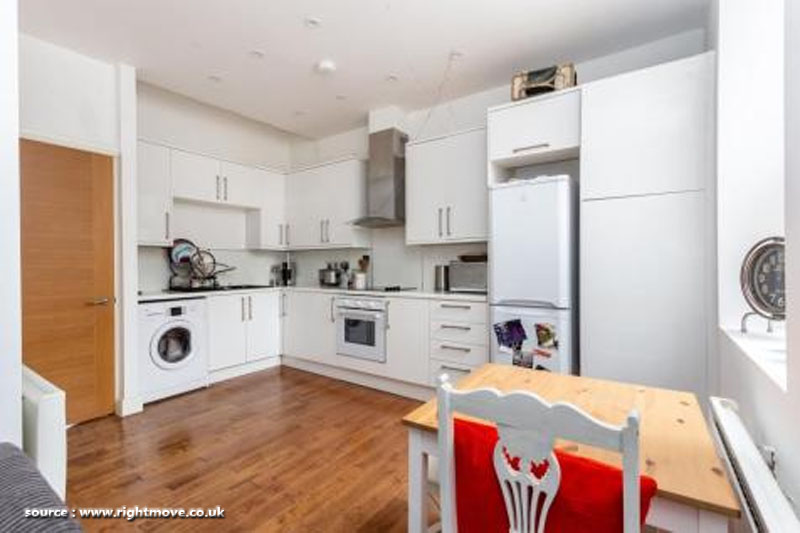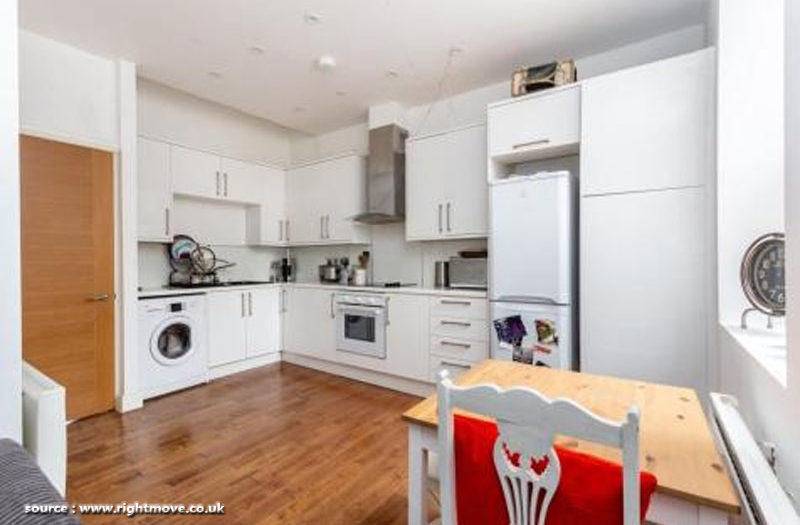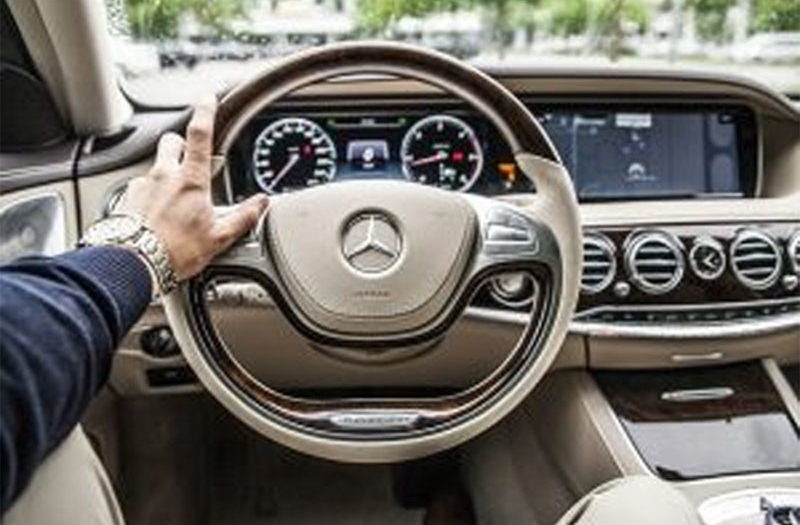How to Rent a House, Flat or Apartment
Before you begin searching for a house to rent, you should determine what you are looking for in a rental property. You must determine where you want to live, the type of property you want, your monthly budget (as well as deposit money), and the amenities that you want to be nearby.
 These requirements include:
These requirements include:
- Preferred location – amenities nearby, in the city, or in the country
- Type of rental property – house, room, studio, or flat
- Length of expected tenancy
- Unfurnished or furnished rental
- Rooms needed – bedrooms, bathrooms, etc.
- Parking – on-street or off-street parking
- Land – garden or no garden
Setting a Budget
Determine a manageable budget. When you speak to a letting agent, the rental price could be stated as a weekly rate or a monthly rate. Avoid looking at properties that are rented for more than you can comfortably afford because this could tempt you … Continue reading >>>





 Brexit will affect UK motorists who wish to drive in any of the EU countries in several ways; this article highlights the changes you must know about.
Brexit will affect UK motorists who wish to drive in any of the EU countries in several ways; this article highlights the changes you must know about.
 Some oversights are hard to fix but there are a few simple things that are quite impactful and that will make a big difference to a
Some oversights are hard to fix but there are a few simple things that are quite impactful and that will make a big difference to a 





